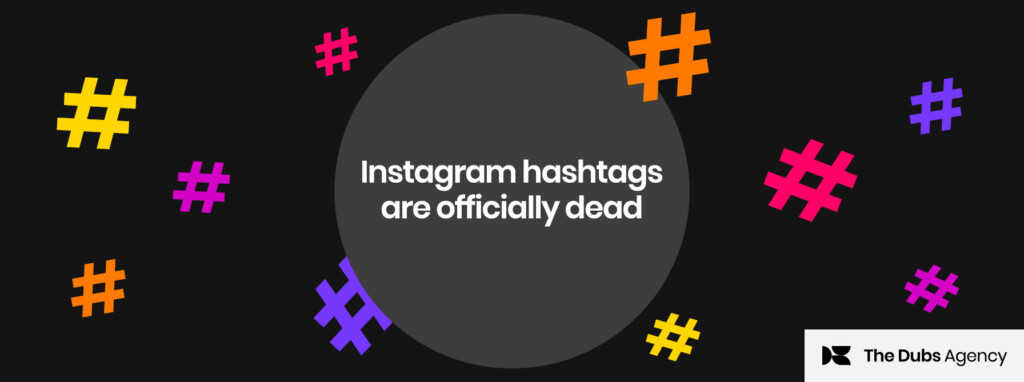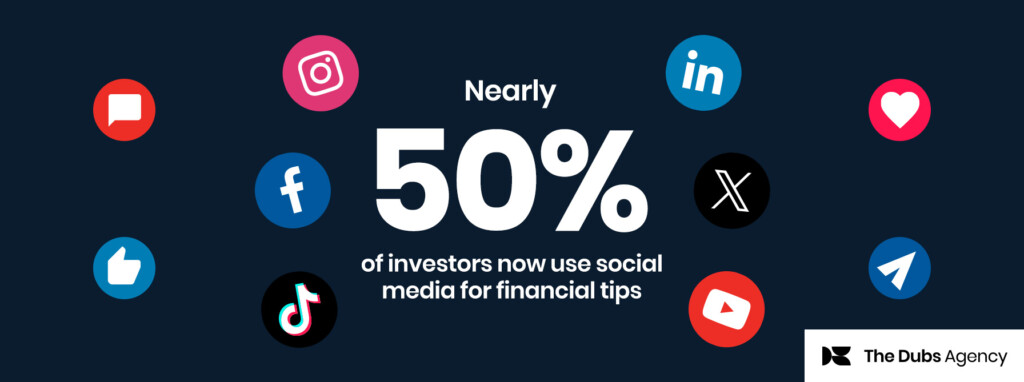How can brands keep and, importantly, restore customer confidence? Start humanising your content strategy, says Julie Lellis, co-author of The Zombie Business Cure: How to Refocus your Company’s Identity for More Authentic Communication.
What kind of problems do you think finance and insurance brands face with trust?
For starters, the industry is unpredictable. It’s not like buying bad produce or riding in an Uber; customers have been seriously burned and personal bottom line can be affected by the industry’s bottom line. Who’s in power here? It’s not customers.
How would you advise a finance brand that has been convicted of wrongdoing to go about rebuilding trust through content?
Our book is about being human and not being a zombie. Zombies are reckless and haphazard (among other things). When they behave poorly, they also seem to communicate poorly about it. I think brands can be rebuilt in a few ways:
1. Apologise, take responsibility, and make living amends to customers — meaning show consistently improved behaviour over time.
2. Use content marketing to communicate core values through stories and insights rather than buried corporate-speak under an About Us section of your website.
3. Have a crisis plan to deal with things as they come up in a very consistent way. It’s hard, but have something to say so that you don’t have to say “no comment”.
Can you think of an example from the finance sector that has successfully rebuilt trust by returning to their core values?
Charles Schwab is a company that has an incredible foundation. Its motto ‘Through Client’s Eyes’ reminds customers that the client is always first. This doesn’t mean the company is perfect. It had a misstep in communicating about changes in fee structure, and part of the solution to rebuild trust was to go back to the ‘Talk to Chuck’ campaign. ‘Talk to Chuck’ was all about the company’s core value of prioritising customer needs.
What do you make of Bank of America (BofA) spruiking their app with llama videos on YouTube? It’s fun, but is it still BofA in terms of identity?
Are we at a point where the general public thinks fondly of BofA? Perhaps people feel more neutral now, but they had some bad press, especially around 2011 when customers were shocked, again, with changes in the fee schedule. If you browse their website, it can be hard to get a clear picture of who BofA is now.
The llama videos grab attention. Perhaps they will speak well to new, younger audiences that don’t have experience with BofA yet. What I like about it creatively is that it reminds me of what insurance companies like Allstate and Geico have done really well. We know and like Mr Mayhem, and Geico’s Gecko. The message is about customer service and connection. And it’s pushing a potentially benign product (a user-friendly app).
The real test is whether or not the message in the llama videos matches behaviour! Look at United airlines. They claim to “fly friendly,” but when a paying customer is physically dragged off an airplane, the verbal commitment to customers doesn’t match reality. If customers start associating BofA with a true behavioral shift, the llama makes sense as a strategy to push a user-friendly app. A company that truly values customers can certainly afford to have fun with content marketing.
Look at United airlines. They claim to “fly friendly,” but when a paying customer is physically dragged off an airplane, the verbal commitment to customers doesn’t match reality
What are some other fun or interesting angles these brands can use for content, when they are often held back by legal and compliance?
The most interesting angles will come from creative brainstorming. Truth is more interesting than fiction, so employees and leaders can start by talking internally about the core values of the business and how these are being displayed through everyday experiences. I would encourage a client to gather employees to talk about their own personal lives and experiences. What is it like to work with friends who do something unusual on their lunch break every Thursday like go bowling together or picnic in the park? Stories are everywhere if you look for them.
Your book talks about being “giving” through communication. How might this approach apply to content for finance brands?
When you are stingy in your communication, it doesn’t signal to others they can trust you. If you are running a good business, you should be confident that giving to others can only improve your relationships, your image, and even your bottom line. For finance, could you compliment a competitor? Can you look at what the industry is doing well or not well and share your thoughts on it? Can you see the bigger picture of what people want to see good businesses doing? These are “giving” things you can do through content strategy.
Look at what the Ice Bucket challenge did for the ALS Association. It wasn’t even started by the organisation itself. This comes back to stories. What stories humanise your brand? Ice water costs nothing, and people were empowered to tell their own stories in this case.
Subscribe now for content marketing insights and trends straight to your inbox.









